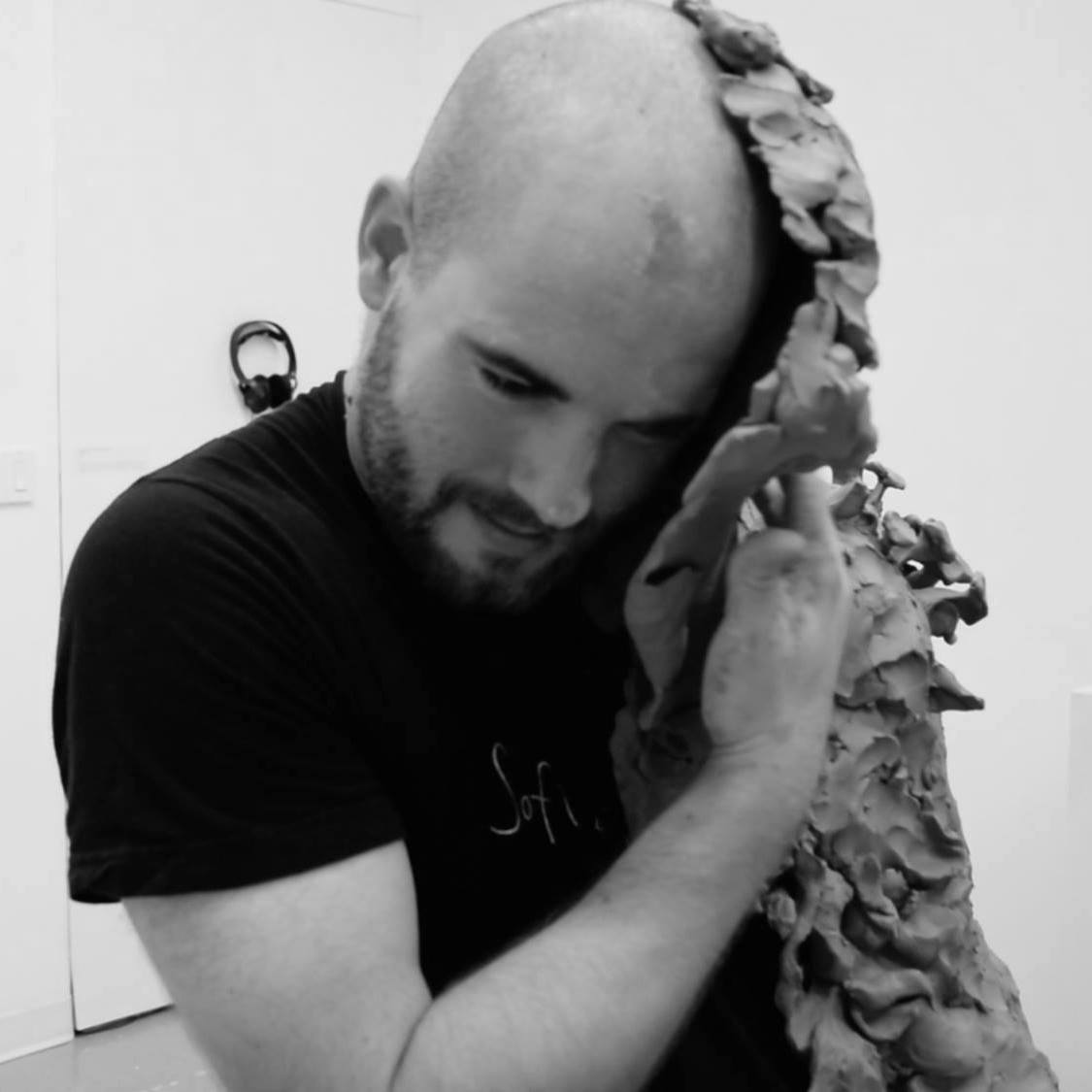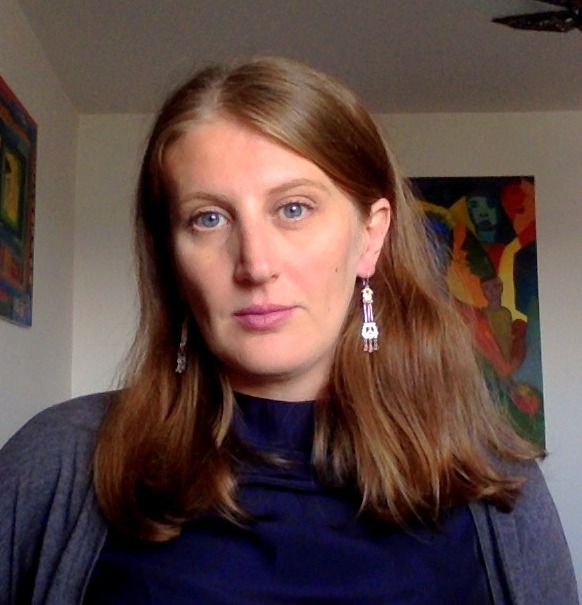Special Issue: Creating for the State: The Role of Artists’ Unions in Central and Eastern Europe
Introduction to the Special Issue
In recent decades, the history and criticism of Western contemporary art has turned its attention to art institutions and their curatorial and administrative practices. This attention derives, in part, from the rise of institutional critique as an almost ubiquitous artistic strategy, and from the corollary realization that institutions—including museums, galleries, heritage associations, membership organizations, nomadic biennials, funding entities, arts and culture nonprofits—play a key role in establishing the social spheres in which diverse audiences encounter contemporary art. If we consider Eastern Europe during the Cold War era, there is one type of institution that played a fundamental role in shaping what art was, who could practice it, and how it could function in society. That institution was the Artists’ Union, established across the former socialist world, which—either through standardized bureaucratic strategies or specific and localized innovations —shaped the careers of numerous artists in the region, including both “official” and “unofficial” artists, as well as those who cannot be easily nested within such a strict dichotomy.
The Artists’ Unions were membership organizations, and membership within them—at least at a legal level—was what defined one as an artist in socialist society. The unions were tied, through varying policies and structures, to the respective national Communist Parties: some unions were beholden directly to Party central committees on culture, while in other cases regional subdivisions and disciplinary differences also dictated interactions with official national-level policies. The membership and individual standing of particular artists within the unions’ ranks fluctuated in response to the ideological shifts that became increasingly prevalent in the late-socialist period, in response to various national breaks with the Soviet Union and efforts at de-Stalinization. Their ideological and bureaucratic functions aside, the Artists’ Unions were also unions: entities established to collectively support their artist members with career and exhibition opportunities, artistic materials, funding and, in certain cases, the possibility to debate both aesthetics and policy with their fellow cultural producers. The Artists’ Unions looked very different from the kinds of institutions that emerged to promote “contemporary art” in the wake of 1989 and the turn towards neoliberal capitalism in Central and Eastern Europe. However, their history is nonetheless closely intertwined with the emergence of the idea and practice of contemporary art. Sometimes the unions were the institutional foil against which a new system could be asserted; at other times, they actively transformed existing discourses to offer new definitions of what art was and how it could act in society. While the Artists’ Unions often appeared to be monolithic, top-down institutions, they rarely operated seamlessly as such.
The articles in this Special Issue, Creating for the State: The Role of Artists’ Unions in Central and Eastern Europe, look closely at four individual examples of artists’ unions in four nations of the former socialist world: Romania, Albania, Czechoslovakia, and Hungary.(This special issue developed out of a conference panel of the same name, organized by Caterina Preda and chaired by Raino Isto, at the 51st Annual ASEEES Convention, held in San Francisco, CA, November 23–26, 2019. Speakers included Caterina Preda, Raino Isto, and Kristóf Nagy; the respondent was Juliana Maxim.) Far from trying to establish a single narrative of what the Artists’ Unions were, these articles tend to point to moments of divergence, to shifts in the meanings, goals, and structures of the unions. They approach the Artists’ Unions using a variety of methodologies, some drawn from political science and the analysis of state structures (in the case of Caterina Preda’s contribution, “The Role of the Romanian Artists’ Union in the Production of State Socialist Art”). Others focus on exhibition history (such as Kristóf Nagy’s essay, “Whose Land, Their Art?”) or on particular events in which the unions’ priorities shifted (Johana Lomová’s contribution, “Forms of Involvement”). These contributions aim to offer new perspectives on the significance of the Artists’ Unions, looking beyond the Soviet Union and the Stalinist era, both of which have received relatively more attention in prior investigations. More importantly, the articles gathered here aim to raise new questions about what an institutional art history of the present might look like. Such a history should look closely at the numerous cultural bureaucracies of the postwar socialist world, and regard them as formative rather than extraneous. It must also use varied methodological approaches to understand how the state interacts with artists, and what groups of artists can accomplish when they organize themselves.
Because Artists’ Unions purported to be universal—within the confines of their particular national contexts, they claimed their membership included anyone said to be an artist in socialist society—they also had to confront very real diversity within their ranks. They needed to represent (or at least try to represent) both amateur and professional artists, fine and applied artists, critics and practicing artists, and most importantly artists of different generations, whose differing attitudes towards socialist society, its ideals, and art’s place within it would often push the unions to the point of open internal conflict. For example, in Lomová’s analysis of the Czechoslovak Artists’ Union, we see the institution unable to fully impose a top-down structure, and instead move towards a more inclusive and democratic structure. In Nagy’s discussion of the Hungarian Artists’ Union, the interpretation of that country’s postwar art history becomes a site where union members contested and critiqued art’s potentially elite status in the socialist context. Taken together, the articles in this Special Issue test the degrees to which individual Artists’ Unions operated as top-down and constraining institutions, or else allowed relative dissensus to drive the actions taken by the organization. In multiple cases (particularly those examined by Isto and Lomová, whose texts explore Albania and Czechoslovakia, respectively), the role of art criticism within the unions emerges as a central one. More than merely empty ideological rhetorical posturing, socialist art criticism in the context of union plenums and congresses exposed ongoing uncertainties about the correct configuration of cultural decision-making, and about the very constitution of the artwork itself as a subject for collective debate.
Our current cultural moment is characterized by intense debate about the ideology of art institutions—how they are funded, how they are organized, and perhaps most crucially, who is allowed to be a part of them and empowered to act within them. The model of the nationally organized, state-controlled Artists’ Unions that existed in state socialism may now seem very far from our current global reality. Nonetheless, studying the unions offers insight into models of state support for the arts and modes of organization (and self-organization) that seek to break free from the market to support all artists and their varied roles in society. If art institutions and organizations are today contentious because they seem potentially complicit with so many power structures, then the time has come to look to the past to unravel how such entanglements with power played out in the latter half of the 20th century.
This article is part of the Special Issue Creating for the State: The Role of Artists’ Unions in Central and Eastern Europe. Other articles in the issue include:





